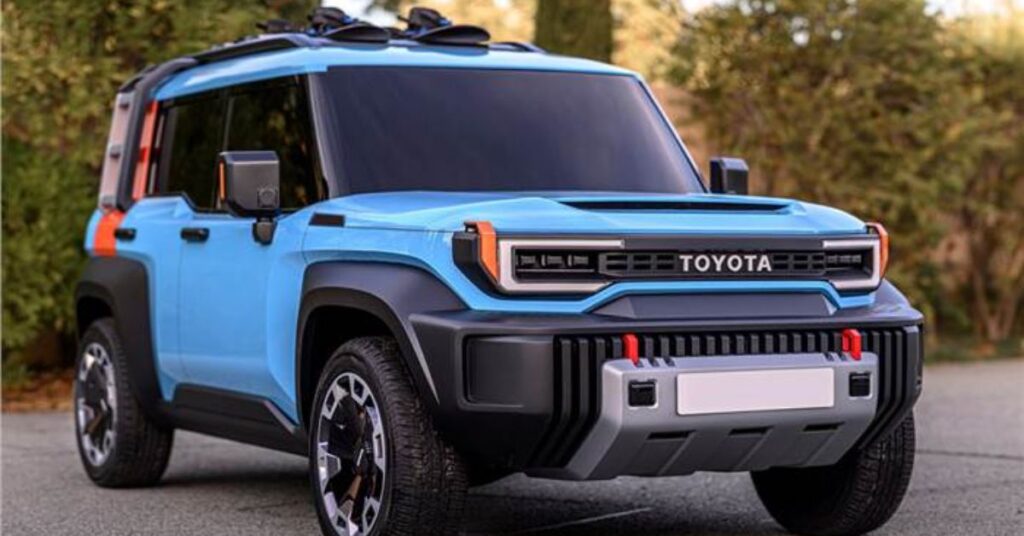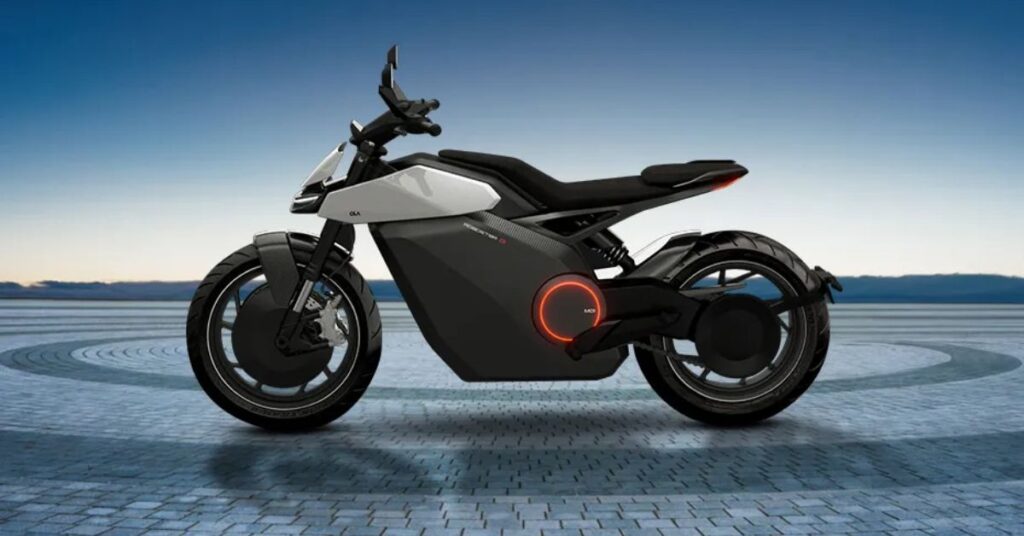Tata Motors Limited sold 2,51,822 cars in the domestic and international markets in Q4 2023. This is more than the 2,43,459 cars it sold in Q4 2022.
Domestic Sales Performance:
| Category | March’23 | March’22 | % Change |
Q4 FY23 |
Q4 FY22 |
% Change | FY23 | FY22 | % Change |
|---|---|---|---|---|---|---|---|---|---|
| Total Domestic Sales | 89,351 | 86,718 | 3% | 2,47,038 | 2,33,078 | 6% | 9,31,957 | 6,92,554 | 35% |
Commercial Vehicles:
| Category | March’23 | March’22 | % Change |
Q4 FY23 |
Q4 FY22 |
% Change | FY23 | FY22 | % Change |
|---|---|---|---|---|---|---|---|---|---|
| M&HCV | 15,963 | 14,499 | 10% | 39,549 | 33,392 | 18% | 1,22,494 | 88,041 | 39% |
| I&LCV | 6,570 | 7,555 | -13% | 15,027 | 18,680 | -20% | 54,580 | 53,854 | 1% |
| Passenger Carriers | 3,973 | 2,703 | 47% | 10,456 | 6,155 | 70% | 34,627 | 14,620 | 137% |
| SCV cargo and pickup | 18,801 | 19,668 | -4% | 47,113 | 51,800 | -9% | 1,81,616 | 1,65,667 | 10% |
| Total CV Domestic | 45,307 | 44,425 | 2% | 1,12,145 | 1,10,027 | 2% | 3,93,317 | 3,22,182 | 22% |
| CV Exports | 1,516 | 2,625 | -42% | 4,023 | 9,843 | -59% | 20,222 | 34,790 | -42% |
| Total CV | 46,823 | 47,050 | 0% | 1,16,168 | 1,19,870 | -3% | 4,13,539 | 35,6972 | 16% |
In Q4 2023, there were 54,435 domestic sales of MH&ICV, which includes trucks and buses. In Q4 2022, there were only 40,391 domestic sales of MH&ICV. In the fourth quarter of 2023, MH&ICV Domestic and International Business sold 56,059 units, which is more than the 52,976 units it sold in the fourth quarter of 2022.
Mr. Girish Wagh, Executive Director, Tata Motors Ltd. said, “Tata Motors commercial vehicle domestic sales in Q4 FY23 at 1,12,145 units was 22% higher than the previous quarter (Q3 FY23) and ~2% higher than the same quarter, last year (Q4 FY22). This growth was driven by the robust demand for heavy trucks required to service the strong infrastructure push by the Government plus increased activity in e-commerce, construction, and mining. Higher replacement demand, advance buying in anticipation of price hikes, and year-end buying to claim depreciation benefits, further buoyed the demand towards the end of the quarter. As a result, M&HCVs grew by over 33% vs Q3 FY23, while being 18% ahead of Q4 FY22. However, the demand for small and light commercial vehicles continued to be impacted due to high interest rates and high base effect. Overall, Tata Motors CV domestic business grew ~22 % in FY23 vs FY22.
With the new BSVI phase II going into effect in April 2023, we took the chance to improve key aspects of all of our products while still meeting emission standards. Now that they have smarter technologies and more features, our commercial vehicles will work even better. With the government’s continued focus on building infrastructure, we are still optimistic about the overall demand for CVs in FY24. However, we are keeping a close eye on geopolitical events, interest rates, fuel prices, and inflation.
Passenger Vehicles:
| Category | March’23 | March’22 | % Change |
Q4 FY23 |
Q4 FY22 |
% Change | FY23 | FY22 | % Change |
|---|---|---|---|---|---|---|---|---|---|
| Total PV Domestic (includes EV) | 44,044 | 42,293 | 4% | 1,34,893 | 1,23,051 | 10% | 5,38,640 | 3,70,372 | 45% |
| PV IB | 181 | 173 | 5% | 761 | 538 | 41% | 2,447 | 1,803 | 36% |
| Total PV (includes EV) | 44,225 | 42,466 | 4% | 1,35,654 | 1,23,589 | 10% | 5,41,087 | 3,72,175 | 45% |
| EV (IB+Domestic) | 6,509 | 3,452 | 89% | 15,960 | 9,368 | 70% | 50,043 | 19,668 | 154% |
Includes sales from Tata Motors Passenger Vehicles Limited, a subsidiary of Tata Motors Limited.
Mr. Shailesh Chandra, Managing Director of Tata Motors Passenger Vehicles Ltd. and Tata Passenger Electric Mobility Ltd., said, “FY23 has set a new record for sales of passenger vehicles in India. After COVID, there was a lot of pent-up demand at the beginning of the year. Also, a lot of new cars came out, and the shortage of semiconductors started to get better. SUVs and electric vehicles (EVs) were the main drivers of this growth, but customers also showed a strong preference for safe cars with smart technology features.
Tata Motors reached a new sales high by selling 5,38,640 cars in India in a single year, which was the most it had ever sold in a single year. This was a strong 46% sales growth over FY22 and the third year in a row that Tata Motors grew faster than the industry average. All four SUVs, the Nexon, the Punch, the Harrier, and the Safari, had their best sales year ever, making up 66% of the total volume. As the market leader in the fast-growing EV segment, we kept speeding up both the use of EVs and the growth of the ecosystem that supports them. Tata Motors sold more than 50,000 electric vehicles in FY23, which was the most it had ever sold. This was a big increase of 154% over FY22. We also had the highest quarterly and monthly sales of EVs ever, with 15,960 in Q4FY23 and 6,509 in March 23. From about 7% (Q1FY23) to about 12% (Q4FY23) of our total sales, the number of EVs in our portfolio kept going up.
We think the demand for personal vehicles will stay strong in the future, and the trend toward electrification will continue to grow as more options become available to customers and as a rapidly growing and improving ecosystem provides support. But the growth rate of the passenger vehicle industry might slow down because of a strong base effect and macro factors like rising interest rates, rising inflation, and the cost effects of new regulations. We continue to be flexible and keep a close eye on the supply situation, especially when it comes to semiconductors and any possible waves of Covid.
Read More:




